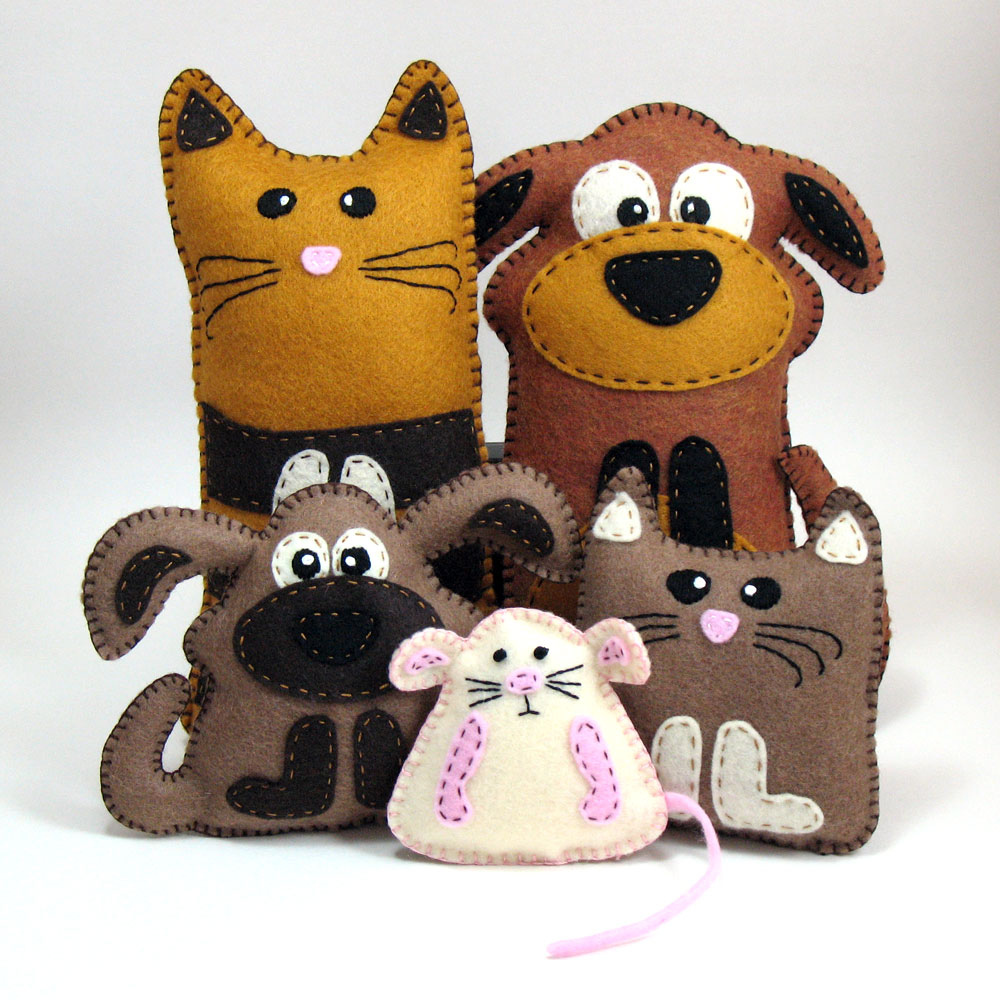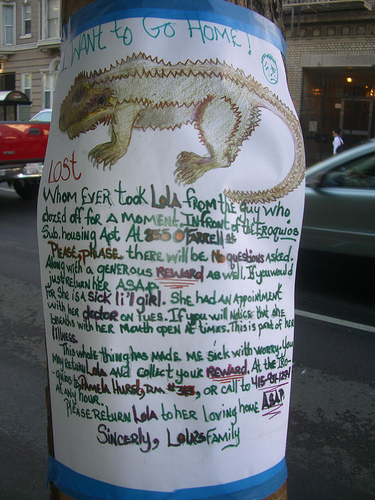 |
Microchip IDs are used to identify pets who have wandered away from home. They are more secure than collars since they are embedded under the skin and can’t fall off and get lost. Each microchip has a unique number which matches the owner’s information in a central database. They can be inserted in dogs, cats, birds, livestock, horses etc.
Microchips are especially important if a pet has been stolen so that the owner can be positively identified. They are also vital if a local animal shelter has picked up the animal. Some countries require that all pets coming into the country have a microchip containing medical and vaccination data. They don’t replace collars, since most people who find a wandering animal will look for identification on a collar.
Microchip IDs are inserted under the animal’s skin with a large needle. Sedation is not necessary but some people choose to insert it when the pet is already sedated for spaying or neutering.
A microchip ID costs somewhere between 30 and 40 dollars. The number must then be registered with the microchip company and that costs between 15 and 20 dollars. Breeders often insert a microchip into the animals before selling them but don’t register them with the company. Bring a new puppy or kitten to the vet to have him scanned for a microchip.
Some disadvantages of microchipping are that the chips have been known to travel around inside the skin or work free of the skin altogether. On rare occasions the animal may suffer adverse effects from the insertion. Some people object to chips because they don’t like the “Big Brother” aspect. Some fear that the next step will be microchips for humans. Another consideration is that no long-term studies have been done to determine whether there might be health hazards for animals with chips, such as cancer.
In the United States, the two largest microchip companies are AVID and HomeAgain. In the UK, check out Tracer Advance.
Related articles:



